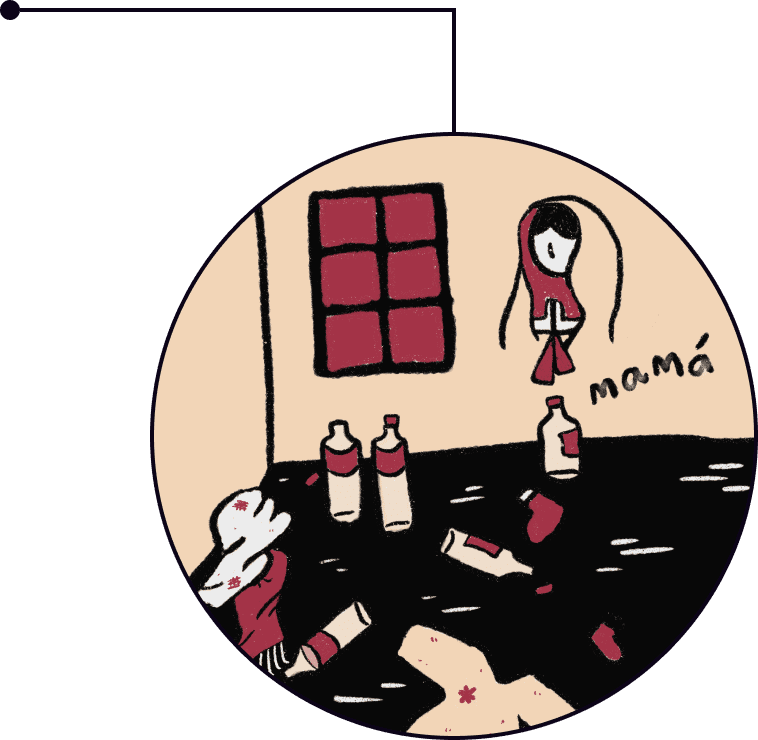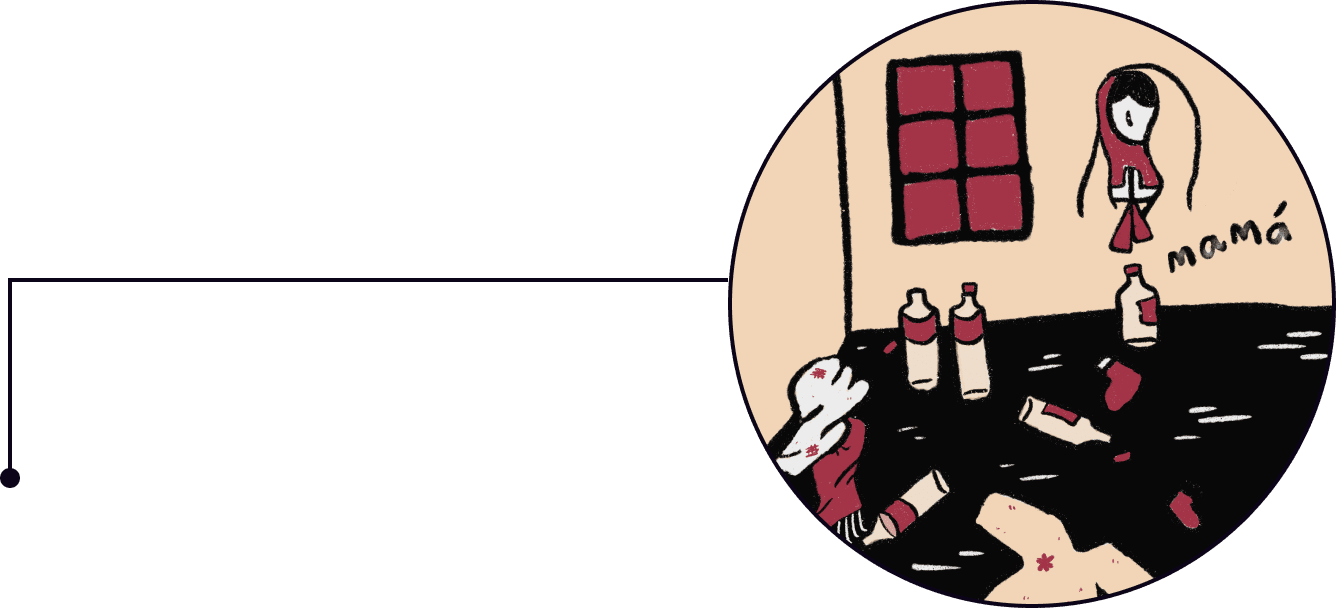
In a makeshift shack, four children await while their families search for them.
A shack sheltering four indigenous children in Ochum district, Ratanakiri province, reminds me of the risks of trafficking in persons, missing children and disappearances when children migrate from remote communities to provincial towns or cities within Cambodia or cross the border to other countries in South East Asia and beyond. In these communities, there is a tradition of child marriage that forces these children to get involved in sexual activities early on. Additionally, children living in remote indigenous communities face challenges in their daily lives and are most vulnerable due to lack of food, malnutrition, lack of access to education, family care and protection systems.
Children find shelter in a shack in Ratanakiri, in north-east Cambodia.
Sok Phay Sean is an activist and executive director of a helpline that assists over 4 500 children across Cambodia. He advocates for issues ranging from domestic violence to child trafficking.

Thousands of people have been murdered or abducted. Most of them have not yet been identified.
Manila, Philippines. Many victims of the country’s ‘war on drugs’ are buried in unmarked graves.


Graciela has covered more than 300 fields in the north-east of Mexico looking for her daughter Mily. In one of those searches she found a ranch, and inside one of the rooms there were women’s and men’s dirty clothing and empty bottles.

You feel that strange presence, sensing that something happened here, you get goose bumps, and you start looking and find packing tape, ties, bullet casings… and you end up finding a knife, votive candles, remains… When you come across the encampments of people who have been kidnapped, with evidence that they were there … you realize what’s happening…

They might have even dug their own graves, most of us think that they dig them themselves. Like in a movie: You get to the spot… the person who took them there walks 10, 15 metres, and stops. (…) They make them dig their own grave and murder them there. I know because the bullet casings are there, so there’s lots of evidence that they could have been murdered in that spot.
You see them handcuffed with tape covering their mouths, with bullet holes in their skull, their eyes covered, or covered with their own shirts, their heads covered. The last body we found 15 days ago … they had put a bag, a bag from a political party, over its head.
Mexico is nearly 2 million square kilometres; it is the 13th largest country in the world and the largest in Latin America. Its terrain is uneven, crisscrossed by the Sierra Madre Occidental and the Sierra Madre Oriental. The land is divided into 32 states.
Between 2006 and 2019, 3 631 clandestine graves were found in Mexico, according to a government registry introduced in early 2020. In 2020, the bodies of 1 124 people were exhumed. Every eight hours, a body is recovered from a clandestine gravesite. The following is a list of sites where bodies have been found.
While searching an abandoned ranch, government agents found a clandestinely buried corpse. Months earlier, another corpse was found at the same site buried a little over a metre deep in the back patio.













